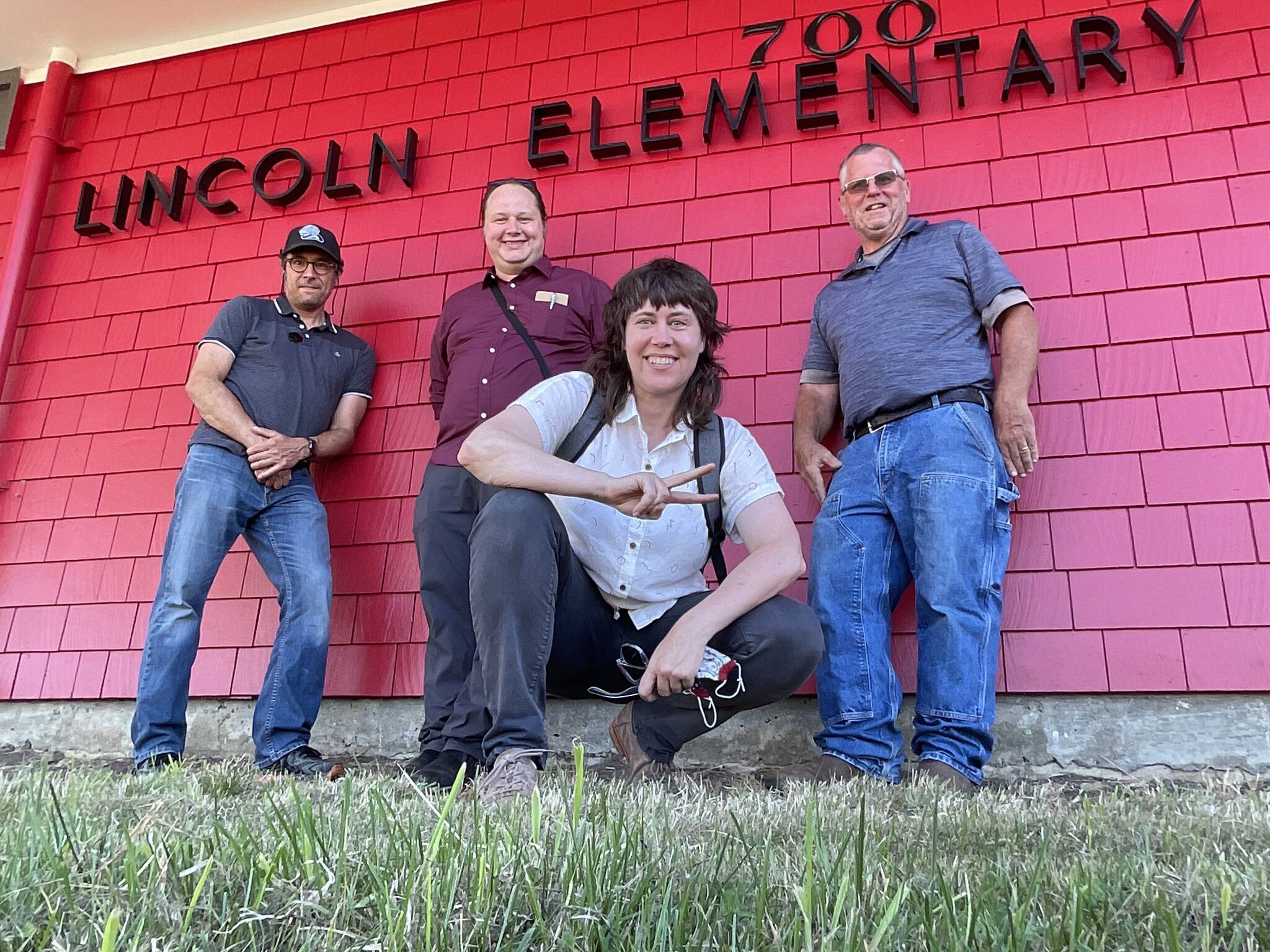The temperature of the Central Elementary library was around 80 degrees when Hoquiam School District board members walked in Monday evening prior to a work session, prompting them to crack a window and let February air flow in.
The old-fashioned method of temperature modulation became ironic later in the evening as the district discussed ways to push buildings into compliance with new energy mandates.
An intelligent computer controlling the heat could be part of the equation.
At the Monday meeting, board members heard a presentation from Tanya Barham, CEO of Community Energy Labs, a Portland-based energy tech company. Backed with federal research grants, the company developed a new computer tool that uses artificial intelligence to run heating and cooling systems at the most efficient levels possible without freezing out or overheating students.
Through a grant from the Washington State Department of Commerce, the company developed a report released in September 2023 that studied the feasibility of converting certain buildings in the Hoquiam and Aberdeen school districts — those served by the Grays Harbor Public Utility District — as well as The Evergreen State College, to become cleaner and more energy flexible.
The study also involved a seven-week pilot project at Lincoln Elementary in which the company installed software into the building’s heating and cooling system. Barham said the “controls are a little bit like self-driving cars, except for HVAC” — telling the system when and when not to use energy based on thermodynamics.
“The machine learning algorithm can actually predict with 90% accuracy what the air temperature will be in this building,” Barham told the board Monday. “Typical controls that just say, ‘go this speed or go that speed,’ they don’t know the inertia of the room.”
The company calculated how much the district spent on energy at Lincoln both with and without the software installed and found that heating and cooling system used about 30% less energy with the robot in charge — a difference of about $1,300 over the course of two months.
“We’ve been blown away by the results,” said Matt Kemph, the district’s maintenance director, in a press release.
Kemph and Barham said they expected incremental results at Lincoln Elementary, given the school was remodeled in 2022 to include the latest heating and cooling systems available.
The company was able to collect data on Central Elementary, Hoquiam Middle School and Miller Jr. High School in Aberdeen.
Because of the old age of the HVAC system at Hoquiam High School, Kemph said, the company’s climate tool was not at all compatible. He said the district will need to modernize its old HVAC systems to fit with the new technology.
The company wanted to help identify “opportunities to stay in compliance that are coming down the pike,” Barham said.
The state Legislature passed the Clean Buildings Bill in 2019, setting a 2028 deadline for buildings larger than 50,000 square feet to comply with the latest standards for energy efficiency. An update to the bill in 2022 included buildings larger than 20,000, which includes most schools in the Hoquiam district. Enforcement for that rule won’t occur until 2031.
The Washington State Department of Commerce estimates the buildings sector is responsible for more than a quarter of statewide carbon emissions, second only to transportation.
For Hoquiam, moving into compliance would mean updating HVAC systems — an expensive endeavor likely to require grant funding.
“The capital costs to improvements to the system is the frustrating part of it, and if we can get grants and different things to pay for it that would be great,” said district board member Chris Eide.
Contact reporter Clayton Franke at 406-552-3917 or clayton.franke@thedailyworld.com.



